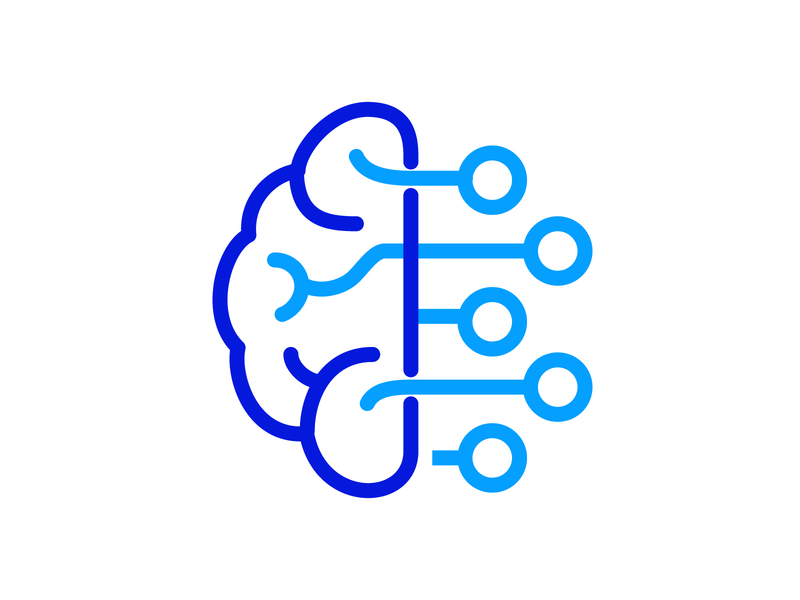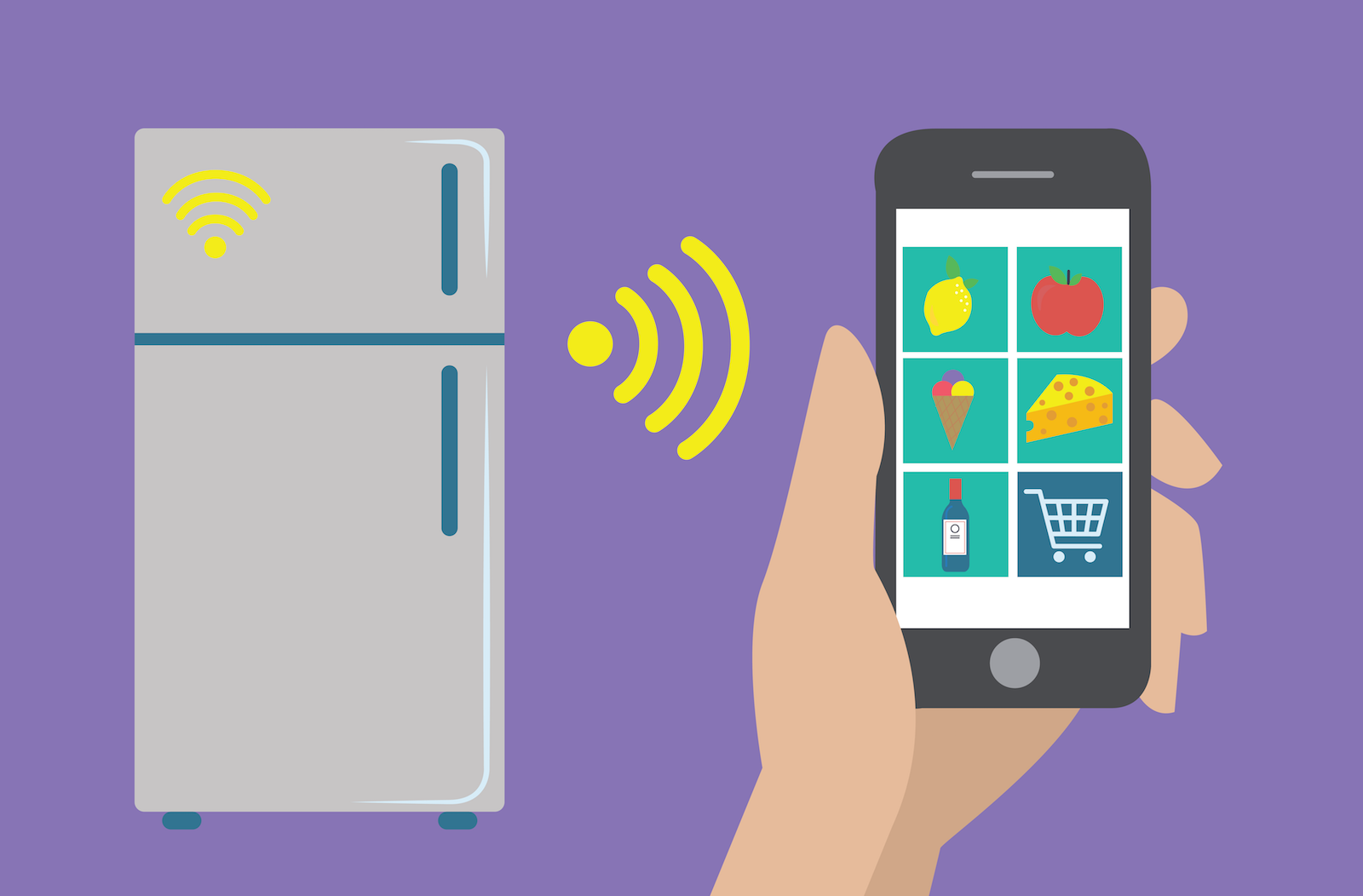Cyber physical systems

Cyber-physical systems refer to the integration of computing devices, smart objects, people and physical environments. They bring the physical and digital worlds together to create a networked system in which smart objects and people can communicate with one another and each other (human-to-machine, machine-to-machine, and physical component to software component communication). At its most basic, industry 4.0 refers to the technological evolution from programmed controlling and operating systems to cyber-physical systems. Therefore, cyber-physical systems are at the heart of industry 4.0.
Examples
- 1. Self-driving cars that use sensors, lasers and cameras to build a map of their environment, including the current and predicted location of all nearby static and moving obstacles. The car then locates itself within this map and plans a safe path to its destination.
- 2. Electricity supply networks made up of smart meters, smart appliances and renewable energy resources with digital communication and controls technology that can detect and react to local usage changes.
- 3. A smart home where smart devices such as connected thermostats, lights and window shading can be integrated to communicate and automatically adjust based on your schedule, the time, the season or local weather.
Big data

We are living in a time when enormous amounts of data are being created everyday through web sites, social media, governments, the media, desktop and mobile apps, sensors and the Internet of Things. At the same time, data contains greater variety and is arriving with higher velocity. As a result, the term Big Data was coined, referring to complex data sets that are so large that traditional data processing software can't manage them. Big data enables productivity growth across all industries by providing valuable insights that help businesses better understand their market and customers, improve products, services and decision-making processes, and create new growth opportunities.
Examples
- 1. Companies use big data on social media to track and assess things like mentions, shares, follows and likes around products and services. Some social media platforms such as Facebook have built-in analytics that interpret this data automatically.
- 2. Targeted ads on Facebook where your Facebook interactions, browsing history, purchase history and more are used to build a customer profile. The traits of this profile enable ads to be targeted at consumers who are likely to have a strong preference to receive the message.
- 3. The retail industry uses big data to personalise the online shopping experience. Algorithms based on the user’s purchase history, the items in their cart, items they’ve rated or viewed in the past, and items comparable customers have viewed or purchased recently are used to recommend similar items.
Artificial Intelligence

Artificial intelligence (AI) refers to simulated intelligence in machines. At a minimum, AI enables machines to learn in some way and gain knowledge over time. This allows them to function appropriately and with foresight in their environment. AI is one of the key enabling technologies of industry 4.0 and is being used in a variety of ways in different industries to improve business operations.
Examples
- 1. Uber uses AI to determine the price of your ride, to classify drivers, suggest the most efficient pick-up location and optimally match you with other passengers on Uber Pool.
- 2. Spam filters use AI to detect and block junk e-mails, continuously learning and creating new rules to recognise spam.
- 3. Spotify’s Discover Weekly that analyses what you’ve listened to previously to learn your music preference and taste, and then presents you with a personalised playlist, repeating this process each week.
Virtual and augmented reality

Augmented reality and virtual reality are two distinct technologies but their development has been tied together, with many AR developers moving across from VR. Both technologies also have their origins in gaming. They are inverse reflections of each other, with VR technology bringing people into a digital world, while AR technology brings digital information into the physical world. Another way of putting it is that VR creates digital real-life settings(e.g. The Matrix), while AR overlays virtual elements into the real world (e.g. Pokémon Go). Both VR and AR enable the creation, testing, building, operation and service of products and equipment in a virtual environment, enhancing training and learning while reducing time and cost.
Examples
- 1. Pokémon Go where users create avatars that move within the game’s map as the user moves in their real-world environment. The app then displays images of Pokémon as though they’re in the real world via the user’s smart phone camera.
- 2. Snapchat, in which virtual elements such as flower crowns and dog ears are superimposed on top of real-time images of a person.
- 3. Google’s Expeditions program that takes school children from around the world on a virtual trip using the Google cardboard headset and an app.
Automation

Automation is defined as the technique of making a machine, process or system operate automatically. The term generally refers to technology that can monitor and control the production and delivery of various products and services. The term automation is often used interchangeably with artificial intelligence (AI), however they are different technologies. Automation is software that follows pre-programmed rules based on ‘if then’ conditions, whereas artificial intelligence is designed to learn from experience and select appropriate responses to situations in a simulation of human intelligence. Automation requires manual configuration and is used widely in business to improve efficiencies.
Examples
- 1. Machining transfer lines that use programmed commands to assemble or produce one part of a whole product. Each workstation performs a specific, repetitive operation and is linked to other workstations by a transfer system that moves parts in a pre-defined production sequence
- 2. Motion-activated lights that use sensors to detect movement in a given area. When the sensor is tripped, the lights automatically turn on and then switch themselves off again after a certain period of time.
- 3. E-mail workflow software where certain events trigger automatic e-mails to customers based on several rules, such as when a customer leaves an item in their online shopping cart for longer than 24 hours.
Advanced manufacturing

Manufacturing is widely recognised as a key driver of global economic growth. As a result, one of the main objectives of industry 4.0 is to make manufacturing faster and more efficient, with an increased customer focus. Technology such as robotics and AI are enabling rapid prototyping, individualisation, flexibility, customisation and increased production reliability in manufacturing, improving both products and processes. Advanced manufacturing is therefore not about what manufacturers make but how.
Examples
- 1. Computer Numerical Control (CNC) machines where pre-programmed computer software determines the movement of factory equipment and tools. These machines allow users to program the speed and position of equipment functions and then run them via software on a computer in repetitive, predictable cycles with little involvement from human operators.
- 2. Laser beam welding in which two pieces of metal are joined together by focusing laser beams on the cavity between the two pieces. This technique has a high-power density which means the heat-affected zone is small, enabling narrow and deep welds.
- 3. 3D printing, in which a computer turns an object into thousands of tiny layers and deposits these, bottom-up, as layers of plastic or powder. It then fuses the layers together and to the existing structure using adhesive or ultraviolet light to build up a 3D model.
Smart sensors

Smart sensors collect and measure input from the physical environment. They have processing and communication capabilities that enable them to perform pre-defined functions when they detect specific inputs before passing the data on to a monitoring system and/or operator. Without the data collected from smart sensors, many of the devices and technologies of industry 4.0 wouldn’t be possible.
Examples
- 1. Embedded sensors on manufacturing equipment that monitor the operation of machines 24/7, with real-time data sent to the control centre to process. When the operational parameters of the machine are exceeded, a warning signal will be sent.
- 2. In-ground vehicle detection sensors that alert and direct drivers to available car parking spaces.
- 3. Traffic lights, which are connected to the Australian-designed Sydney Coordinated Adaptive Traffic System (SCATS). This intelligent traffic control system coordinates and measures traffic flow through in-road sensors and adjusts the traffic signals to ensure efficient traffic flow.
Cloud Computing
Cloud computing is the delivery of on-demand computing services over the internet. A network of remote servers host computer programs on the internet (in the cloud), enabling users to access software, applications and data storage when they need them, wherever they are. In every industry, cloud computing is a key enabler of industry 4.0, providing unprecedented computing, networking and data storage capabilities that represent the first step for businesses towards digitisation.
Examples
- 1. Microsoft Office 365, a subscription-based service that is accessed via the internet through a web browser from wherever you are, removing the need for software to be stored on the computer.
- 2. Dropbox, which basically functions as an external hard drive, allowing users to store data in in an online folder and then access the data via an internet connection from anywhere.
- 3. Netflix’s subscription streaming service, which allows users to stream video content via the internet wherever they are.